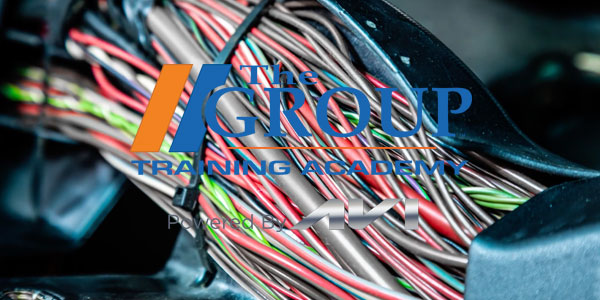Most consumers don’t know much about battery technology. If their old battery is weak, won’t accept or hold a charge or has died, they will typically buy a standard replacement battery. By standard, we mean a conventional wet cell lead-acid battery that has the same Cold Cranking Amp (CCA) rating as their original battery. In some cases, they may upgrade to a battery with a higher CCA rating for more cold start cranking power, or they may opt for a replacement battery that has a longer warranty.
Lead-acid wet cell (also called “flooded cell”) batteries have been around since the earliest days of the automobile. Improvements that have been made over the years include “Maintenance Free” designs that reduce gassing when they are being charged (so they need no make-up water), and more efficient cell and grid designs that pack a greater punch (more surface area and amp capacity) into the same or smaller-sized case. But even with these changes, average battery life for conventional wet cell lead-acid batteries is still only about 4 to 5 years — and as little as 3 years in really hot climates. Batteries can fail prematurely as a result of undercharging, overcharging, excessive heat or vibration.
Today’s electronics-laden vehicles place high loads on the battery, even when the key is off. Though most of the vehicle’s control modules go into a sleep mode to reduce the key off power drain on the battery, others remain active at all times. Consequently, the battery can discharge rather quickly if a vehicle isn’t driven for an extended period of time. Many batteries can lose up to 50 percent or more of their charge after 7 to 10 days of inactivity — which may prevent the vehicle from starting. And even if it does start, a deeply discharged battery will place a heavy load on the charging system until it fully recovers its charge. Over time, this will shorten the life of both the charging system and battery.
To improve battery durability and power, a growing number of late-model vehicles are now being factory equipped with Absorbed Glass Mat (AGM) batteries. AGM batteries contain no liquid electrolyte, but hold the acid in spongy cell separators. The advantage of this design is that it can’t spill, it reduces gassing (no loss of electrolyte) and it recombines the chemicals within the cells to extend battery life.
The average AGM battery will usually last upward of 6 to 7 years, which is significantly longer than a conventional wet cell lead-acid battery. AGM batteries also can deliver more cranking power even when they have lost some of their charge, making them a good choice for vehicles that have high electrical loads, that are driven infrequently, or that may only be driven for short trips. Special versions of AGM batteries are available for trucks, marine and RV applications.
Carmakers also are using AGM batteries in new vehicles that have fuel-saving idle stop-start systems. The higher loads that an idle stop-start system places on the battery and charging system makes AGM batteries a must for these applications. If a vehicle has an original equipment AGM battery, it should only be replaced with an AGM battery — not a conventional battery.
According to consumer research by one battery maker, consumers are three times more likely to buy an AGM replacement battery if they are educated about the advantages AGM batteries have over conventional batteries. AGM batteries are more expensive, but the benefits they provide more than pay for the difference in price.












